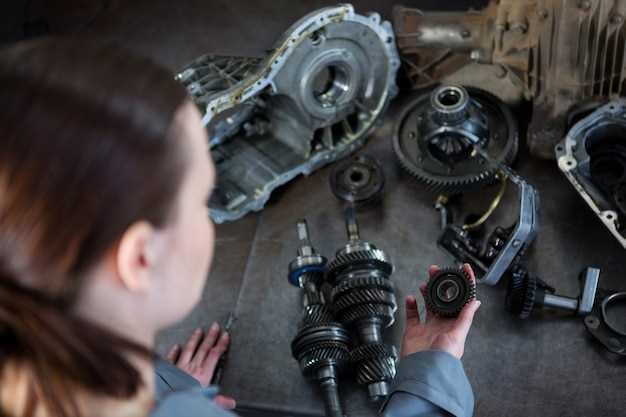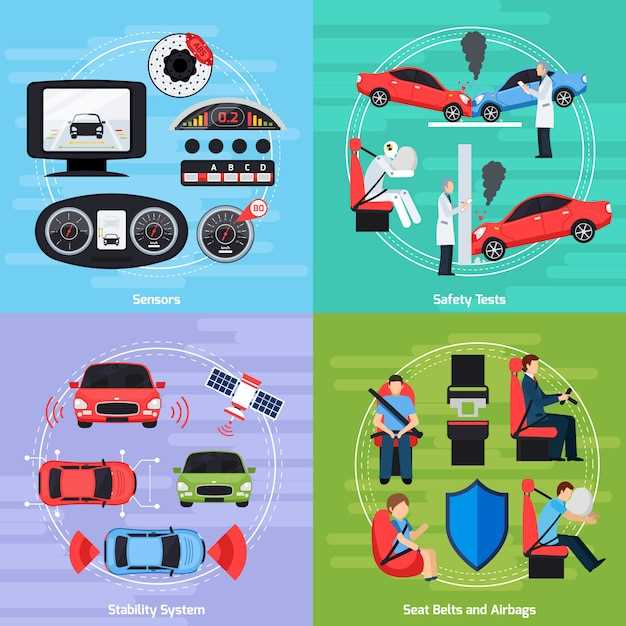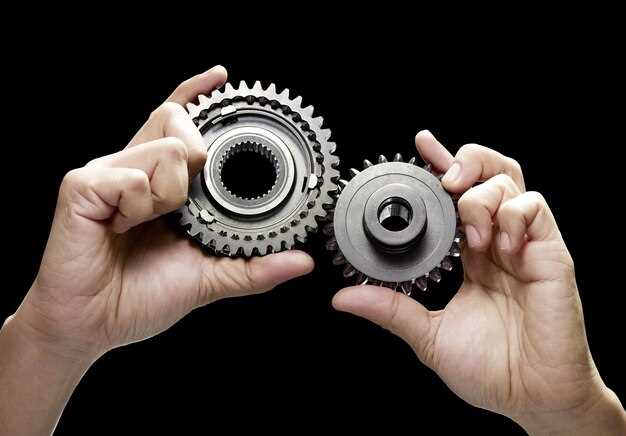
When it comes to choosing a vehicle, one of the most critical decisions involves selecting the right type of transmission. Understanding the differences between manual and automatic transmissions is essential for making an informed choice. Each type of transmission offers distinct advantages and challenges that cater to different driving preferences and needs.
manual transmissions require the driver to engage the gears manually, providing a more hands-on driving experience. Enthusiasts often prefer this type of transmission for its involvement and control over the vehicle’s performance. Shifting gears manually can create a sense of connection with the car, making it an attractive option for those who enjoy driving.
On the other hand, automatic transmissions are designed to shift gears on behalf of the driver, allowing for a more relaxed driving experience. This convenience can be particularly advantageous in urban settings or during long commutes, where constant gear shifting may become tedious. Despite this ease of use, automatic transmissions have their own set of complexities and can sometimes be less engaging compared to their manual counterparts.
Performance Differences: Speed and Control in Driving
When comparing manual and automatic transmissions, performance differences primarily focus on speed and control during driving. Automatic transmissions are designed to shift gears seamlessly, allowing drivers to concentrate more on the road rather than the complexities of gear selection. This results in smoother acceleration, particularly in stop-and-go traffic, where an automatic transmission excels.
In contrast, manual transmissions provide a level of control that many driving enthusiasts appreciate. Drivers can choose when to shift gears, optimizing engine performance and power band usage. This control can lead to quicker acceleration times in experienced hands, as the driver can hold gears longer and downshift at the most effective moments.
Speed is also a critical factor; modern automatic transmissions, especially those with dual-clutch systems, can shift faster than a humanly possible in a manual setup. This rapid gear shifting contributes to improved overall performance, enabling quicker lap times on racetracks and enhanced responsiveness during high-speed driving.
However, manual transmissions are often lighter and simpler in design, which can positively impact the vehicle’s weight distribution and handling. This advantage can translate to better cornering and maneuverability, offering a different kind of performance appeal.
Ultimately, the choice between automatic and manual transmissions comes down to personal preference concerning speed and control. Automatic transmissions prioritize ease of use and efficiency, while manuals offer a more engaged driving experience, allowing for tailored control over vehicle performance.
Maintenance and Repair Costs: What to Expect Over Time

When considering a vehicle, understanding the maintenance and repair costs associated with different transmission types is crucial. Manual transmissions generally require less frequent maintenance than their automatic counterparts, leading to lower overall costs over time.
The primary maintenance for manual transmissions often involves periodic fluid changes and adjustments to the clutch system. These tasks can be performed relatively inexpensively, as they do not require specialized equipment or extensive labor. Typical fluid changes can be straightforward and cost-effective, resulting in lower long-term expenses.
In contrast, automatic transmissions tend to involve more complex systems with additional components, such as torque converters and electronic controls. This complexity often translates to higher maintenance costs. Regular fluid changes are also necessary for automatics, but they typically demand specialized knowledge and tools, leading to increased labor costs.
When it comes to repairs, manual transmissions generally have fewer components that can fail, meaning fewer potential repairs. Most issues can be traced back to the clutch, which, although it may require replacement, usually has a straightforward repair process. In comparison, automatic transmissions are prone to a wider range of problems, from minor electronic failures to significant mechanical issues, resulting in higher repair bills.
In summary, manual transmissions often present a more cost-effective option in terms of maintenance and repair. While initial purchase prices may be similar, the long-term financial benefits of owning a manual transmission vehicle can be significant due to lower maintenance frequencies and repair complexities.
Fuel Efficiency: Comparing Consumption in Different Conditions
The fuel efficiency of vehicles can vary significantly between manual and automatic transmissions, depending on various driving conditions. Understanding these differences is crucial for consumers looking to optimize their fuel consumption.
City Driving
In urban environments with frequent stops and starts, manual transmissions often demonstrate better fuel efficiency. This is due to the driver’s ability to control engine revs and shift gears based on immediate needs. On the other hand, automatic transmissions may struggle to maintain optimal fuel efficiency in stop-and-go traffic because of their shift patterns and weight.
Highway Driving
When driving on highways, automatic transmissions can excel in fuel efficiency. Modern automatics, particularly those with continuously variable transmission (CVT) systems, can optimize engine performance by maintaining the most efficient RPMs. In contrast, manual transmissions may lead to slightly higher fuel consumption if the driver fails to shift at the optimal times.
Performance Driving
Under performance conditions, the difference in fuel consumption becomes even more pronounced:
- Manual Transmissions: Enthusiastic drivers can exploit the engine’s power band by selecting gears precisely, potentially leading to better fuel efficiency if driven skillfully.
- Automatic Transmissions: Often result in less efficient fuel consumption, as they may shift at times that do not align with the driver’s needs.
Towing and Heavy Loads

When towing or driving with heavy loads, automatic transmissions typically provide an advantage. They can manage power delivery and maintain torque without requiring the driver to shift manually. However, skilled manual drivers may still achieve comparable efficiency by using lower gears to keep the engine within its ideal power range.
Conclusion
Ultimately, the choice between manual and automatic transmissions can significantly influence fuel efficiency across varying driving conditions. While manual transmissions may offer advantages in city driving, automatic transmissions can shine in highway and performance scenarios. Understanding these factors can help consumers make informed decisions based on their driving habits.




